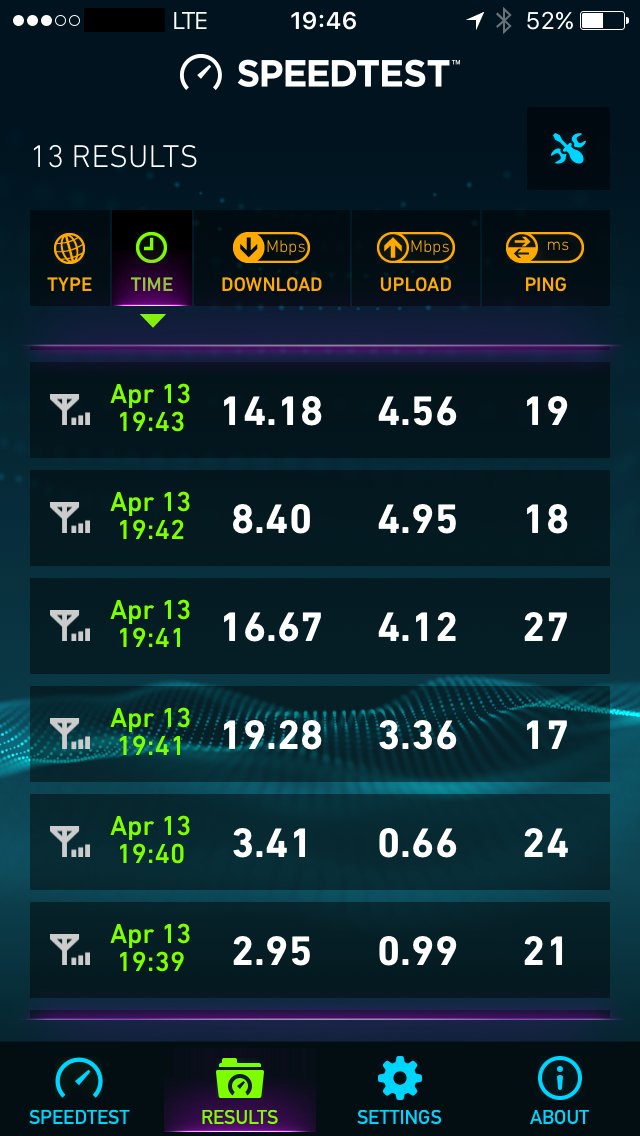Smart LTE Advanced is finally here — we put it to the test
It was a mission no tech writer can refuse: Go to an all-expense paid trip to Boracay and be the first to experience Smart’s brand-spanking new LTE-A service — the first in the country.
In case you didn’t know, LTE-A is a new network technology that can deliver super-fast mobile internet speeds of up to 250 Mbps. It does this through what is known as MIMO (Multiple Input Multiple Output) technology and carrier aggregation.
Without going into too much technical information, MIMO means, instead of just one antenna delivering one signal, multiple antennas deliver multiple signals from Smart’s transmission towers. More antennas = more efficient data transmission. Carrier aggregation means multiple 4G signals are combined to provide more bandwidth.
Impressive, right? However, we all know that when it comes to technology, spec sheet data are theoretical results from tests done in ideal conditions. It doesn’t mean they’re not real, don’t get us wrong. It’s just that the true test of any service or device is its real-world performance.
We’re not going to bore you with motherhood statements lifted straight out of a press release. We will give you straight and honest information about our own experience testing Smart’s new LTE-A service, doing the things we typically use the internet for in the real world: browsing, streaming, and downloading.
In a private party held by Smart at The District in Boracay, we and other members of the media were handed a Samsung Galaxy S7 to tinker with. Will Smart’s LTE-A service deliver? Let’s find out.
STREAMING
Yes, the new Smart LTE-A is fast. No scratch that: it’s blazing fast.
For our first real-world test, we decided to perform one of the most bandwidth-heavy things you can do online: video streaming. We’ve all been there — endless load times, choppy video streams, stuttering audio, buffering problems. Streaming videos is a frustrating affair that will test anyone’s patience. So imagine our surprise when we fired up iflix. Not only did the app load right away, videos started in an instant — and in glorious HD resolution, too! No percentage meter telling you how long you have to wait, no pixellation, nada. Zilch. Kaput. It felt like we were just changing channels on TV instead of streaming HD video.
Here we switched to YouTube. You can clearly see how fast everything loads in full 1080p resolution. Goodbye, dinky 240p videos!
DOWNLOADING
Impressed by our video streaming test, we decided to check how fast downloads are.
We picked Vain Glory, a 652 Mb mobile video game that one of our staff members have downloaded on his phone just a couple of days earlier, to see how long it’ll take compared to the time it previously took us. It might not be the most scientific of comparisons, but hey, we’re talking about real-world testing here.
That’s right. Vain Glory only took 45 seconds to download! Just imagine how smooth your online gaming experience can be on LTE-A.
SPEED TEST
Yeah, yeah. We know some of you still won’t be satisfied without seeing some cold, hard numbers. So for our last real-world challenge, we gave Smart’s LTE-A some good ol’ fashioned speed testing.
The result at the start of the video (pause at the 0:10-second mark) was the highest download speed we got at 199.72 Mbps, and 13.67 Mbps for upload. The lowest download speed we got was around 77 Mbps (though we weren’t able to take a photo/video of it). One tech blogger got even higher results than us!
And this is a competing network’s Speedtest result taken in the same location at around the same time.
THE FINAL VERDICT
Smart’s LTE Advanced technology is the bee’s knees! We were absolutely floored by how fast it was, we almost stopped paying attention to the program.

“The LTE is seamless. Instant content! It’s very appropriate for the new VR technology that’s being pushed now. I’m excited for it to roll out. High hopes!”
The service is currently only available in Boracay, but fret not! Smart told us that they are already building the backend for LTE-A and the service should be rolled out in Manila and other key areas of the country in the next couple of months. We can’t wait!




